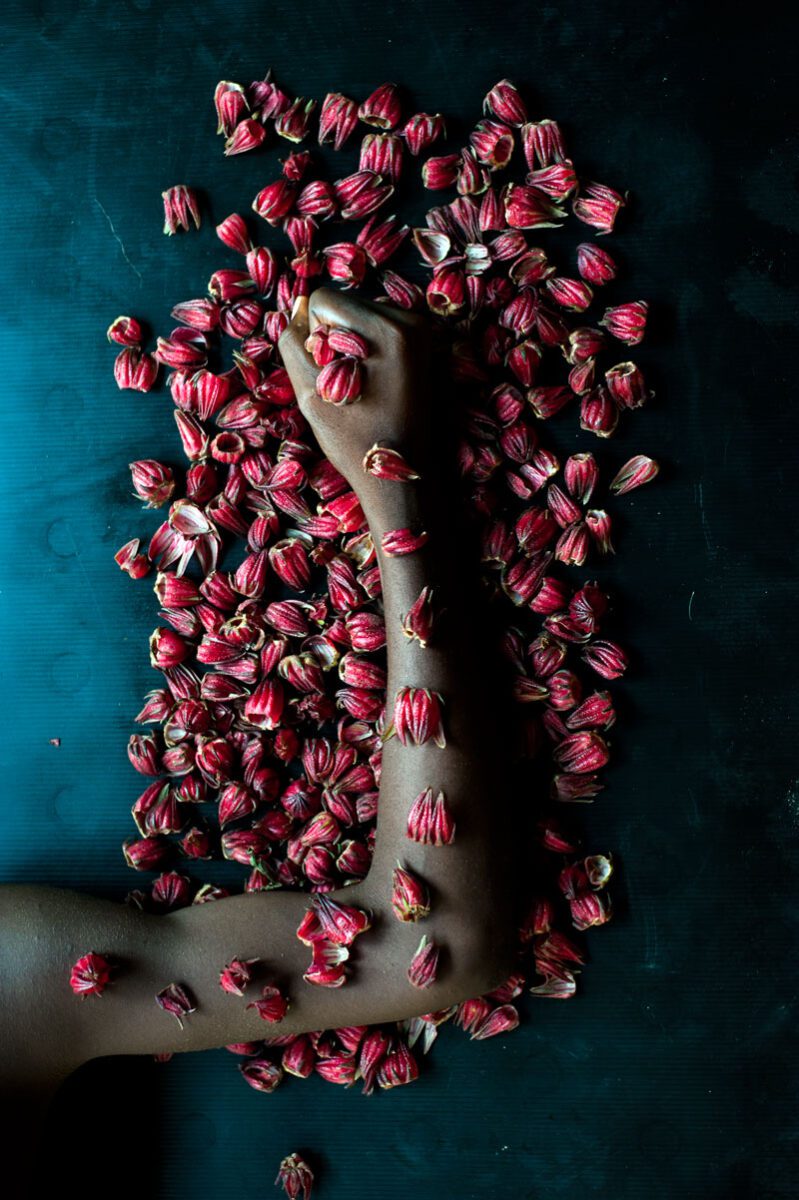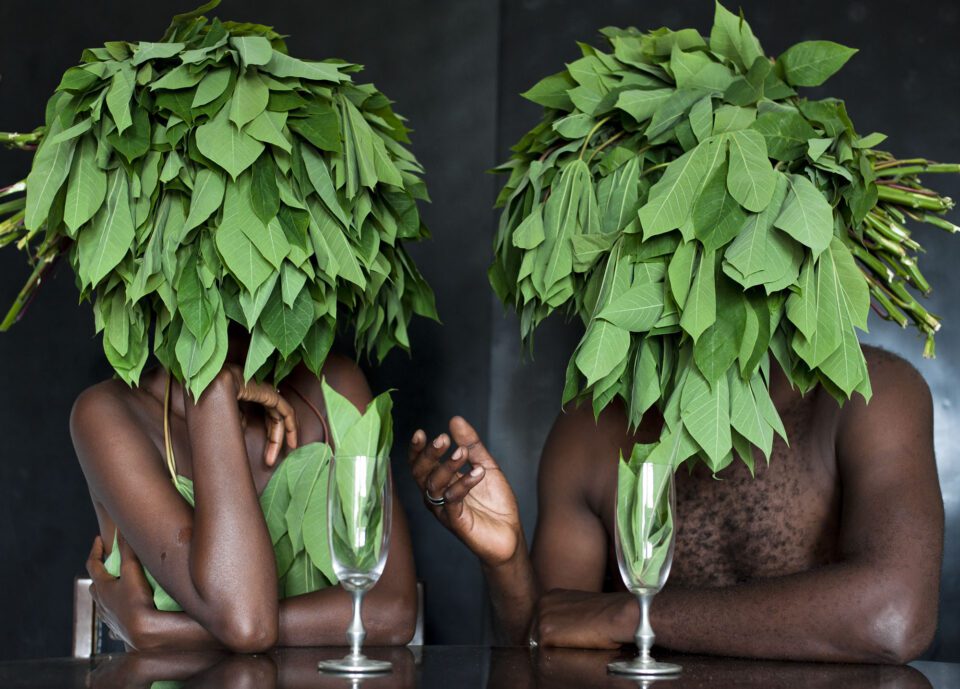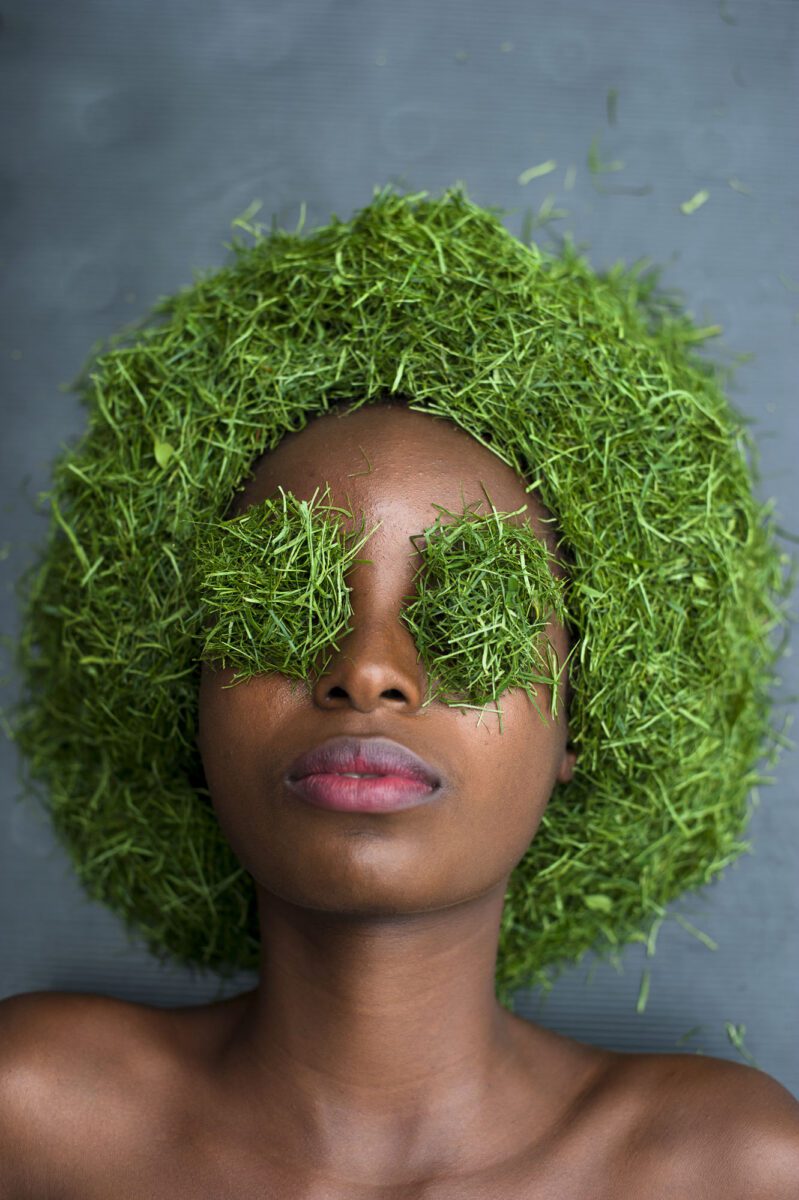Derrick Ofosu Boateng. Ismail Zaidy. Prince Gyasi. Ruth Ossai. From Ghana and Nigeria to Morocco, there is a new generation of young African photographers who are changing perceptions of the continent. They build upon works by earlier creatives, like Malick Sidibé and Samuel Fosso, who used their lens to record life during the era of independence and decolonisation. Amongst these powerful creatives is Robert Nzaou, who documents daily life in Pointe Noire in the Republic of Congo.


Nzaou’s work has been featured in landmark shows and prizes that have brought African photographers to new audiences and rightfully shone a light on the huge influence African art has had upon the global canon. In recent years, huge institutions have championed African photographers, such as Tate’s A World in Common: Contemporary African Photography, which is currently on tour at C/O Berlin. The show spanned 36 artists, reframing the past whilst imagining more hopeful futures. V&A’s Africa’s Fashion Diaspora, meanwhile, shone a light on the influence of the continent on global style trends. Renowned events like 1-54, the only international art fair dedicated to contemporary art from Africa and its diaspora, as well as prizes like the CAP Award, offer a platform to emerging and established creatives. Nzaou was shortlisted for the CAP Award in 2022, and his work has been exhibited at key cultural events like Recontres d’Arles, France and Nuku Foto Festival, Ghana.

His images showcase Congolese traditions and history, reframing them in playful portraits. Madia ya Bwala highlights the indigenous plants and food of the Republic of Congo. The artist says: “With the rise of the fast-food industry across the globe and especially Africa, there has never been a better time to emphasise the benefit of local food and how the food of our home country always speaks to us.” The pictures feature figures bathed in fruit, seeds and leaves. Vibrant greens and rich red create an enticing picture. Nzaou continues: “The project hopefully also serves to draw attention to the face that restaurants and hotels in Congo are serving less and less indigenous dishes, and so are indirectly implying that these are somehow below par on the international scene.”


Meanwhile, the series Sepeurs masques looks at a subculture called “La Sape.” The movement takes its name from the French slang “sape”, which means “dressed up.” It has its roots in the 1920s, when men wore European attire as a means for social mobility and greater respect under colonialism. Today, Sepeurs pride themselves on wearing dapper designs, their flamboyant personalities bringing colour and joy to communities. In Zhaou’s series, the figures appear shrunken within their clothes, faces are hidden behind traditional masks, the sharp tailored outfits taking centre stage. The images present a side of Congo that has typically been overlooked by media, where sartorial statements are an assertion of joy and hope.
Words: Emma Jacob
Image credits:
All images courtesy of the artist.





